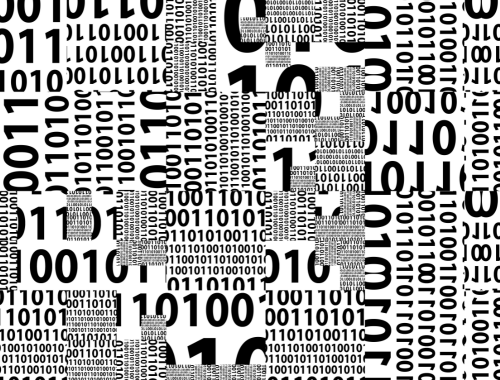Null and undefined are both data types in programming languages that represent the absence of a value. In JavaScript, null and undefined are among the six falsy values that are considered false in Boolean context. A falsy value is something which evaluates to FALSE and includes empty sequences, zero in every numeric type, and None. Null and undefined are used to handle cases where values may be missing or not yet defined. While they are very different, they share some similarities. Read on to know more.

What is null?
Null means an absence of a value, which indicates there is no value, not even an empty one. It is commonly used to indicate that a variable or an object property has been purposefully left empty, and it can also be used to reset a variable to an empty value. Null is a special type that represents an empty or unknown value in JavaScript. It is a primitive data type that represents a missing object. For example, a function might return ‘null’ if it fails to find a result.
It is used to initialize variables that do not have any special meaning. It is special in that it automatically is converted to initial values of other data types. When used as a number it becomes 0, when used as a string it becomes “”, and when used as a Boolean value it evaluates to FALSE. When checking for a null value, you should check if it is false or equal to null.

What is undefined?
Undefined also represents an absence of something, which is why JavaScript programmers often use null and undefined interchangeably, though there is subtle differences between the two. The value undefined simply means something that has not been defined yet. The value is automatically assigned to a variable that has been declared but a value has not been assigned to it yet.
It denotes the absence of a value that should have been present but was not, and it can also occur when attempting to access a non-existent object property. Please note that a variable does not hold an undefined value as it would if the declaration used the ‘var’ keyword – it returns an error.
For example:
let myVariable;
console.log(myVariable); // Output: undefined
Here, we declare a variable ‘myVariable’ without assigning a value to it. So, it automatically returns the value ‘undefined’.
Similarities between Null and Undefined
- Absence of a value – Null and undefined both represent the absence of a value in JavaScript and are used to handle cases where values may be missing or not yet defined. Both are often used interchangeably in JS. Null means an absence of a value whereas undefined means that something that has not been assigned yet. When a variable is assigned null or undefined, it indicates that it has no value.
- Falsy values – Null and undefined are two of the six falsy values in JS that are considered false in Boolean context. In a Boolean context, such as an if statement, a falsy value evaluates to false. This means that in a conditional statement, if a variable is assigned null or undefined, it will evaluate to false.
- Type – Both are primitive data types in JS and both are special types, because in TypeScript the only thing of type undefined is the value undefined, and the only thing of type null is the value null. It is important to note that null is treated as an object and undefined is considered a type in JS.
- Equality comparison – Null and undefined are loosely equal (==) to each other and to no other value. Both values are equal when compared using the JavaScript equality operator, because they all represent an absence of no value. This means that null == undefined evaluates to true, whereas null == 0 or null == false would evaluate to false.
Summary
In a nutshell, Null and undefined are both data types in JavaScript that represent the absence of a value and they both are falsy values. Both are primitive data types, with null representing a missing value and undefined representing something that has been declared but no value has been assigned to it. In addition, both values are loosely equal to each other when compared using the JavaScript equality operator, because they all represent an absence of no value.
FAQs
What is the relationship between null and undefined?
In JavaScript, null and undefined are both special values that represent the absence of a value. They are not identical, but they share some similarities and can be used interchangeably in some situations.
Is null exactly the same as undefined?
No, null and undefined are not exactly the same. Null indicates there is no value, not even an empty one whereas undefined means that a variable has been declared but a value has not been assigned to it.
Is there a way to check for both null and undefined?
To determine whether a value is strictly equal to null or undefined, use the strict equality operator (===). For example, if (value === null || value === undefined) { /* do something */ }.
Is undefined the same as null react?
In React, null and undefined are considered equivalent values, so when passed as props or state, they have the same effect. However, it is generally recommended that null be used to represent the intentional absence of a value and undefined be used to represent uninitialized values.
Why is undefined equal to null?
In JavaScript, undefined is equivalent to null because they are both falsy values that are loosely equal (==). This makes it easier to handle cases where a value is null or undefined.
Is undefined == null true?
Yes, it is true. This is because both are falsy values and are loosely equal to each other. However, it is usually recommended to use strict equality (===) to avoid unexpected behavior.












Leave a Reply